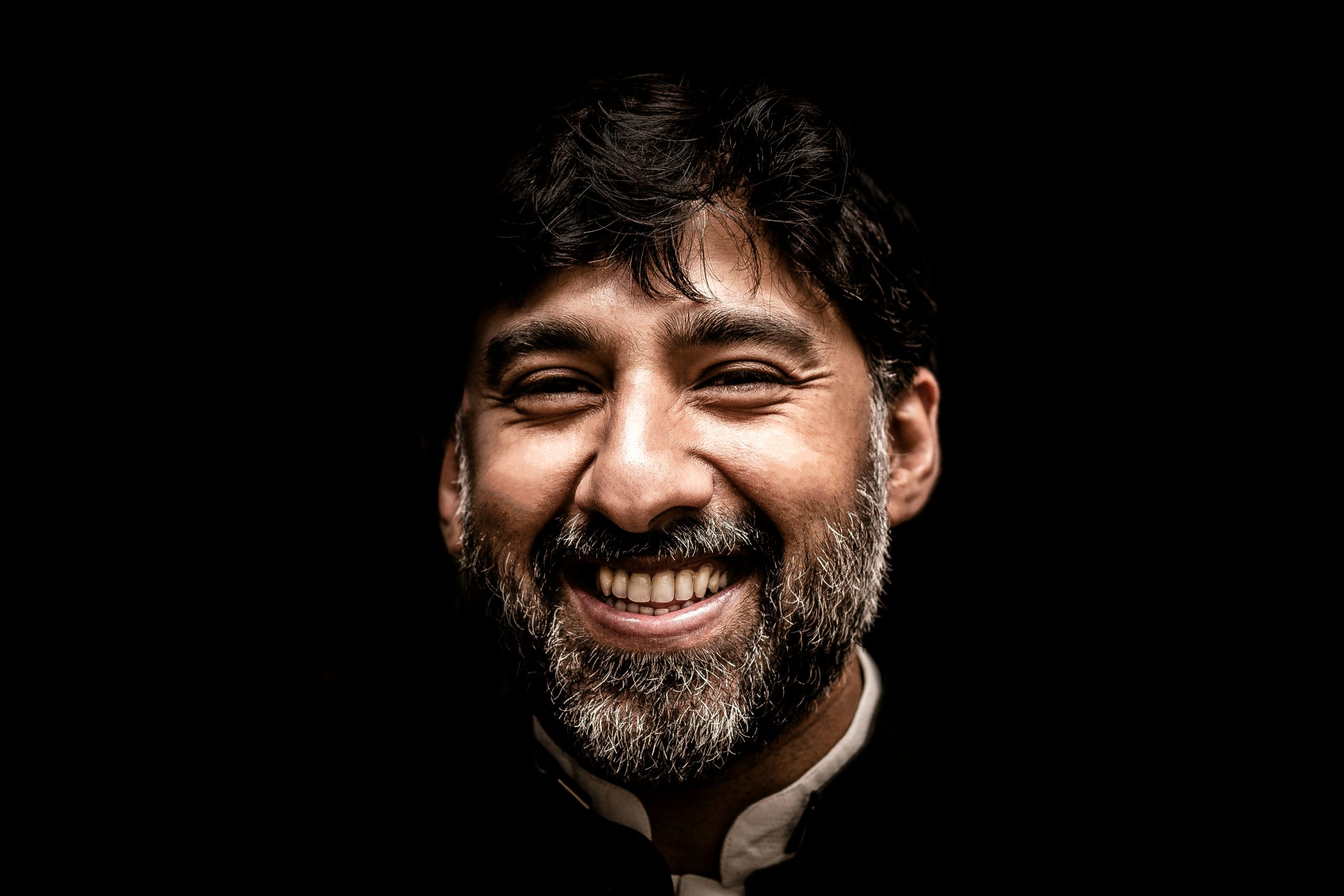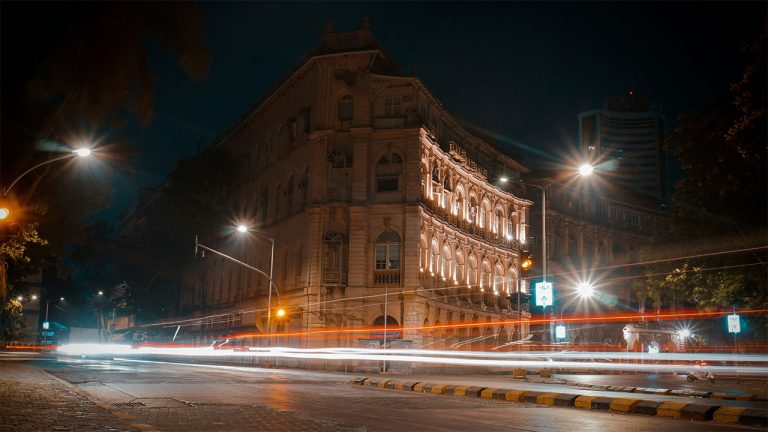If we were to analyze daily newspapers and illustrated magazines from a photographic perspective, we would find that the most frequently published type of photograph is the portrait.
Depending on the relevance of the subject and the prominence of the person portrayed, portraits can be published in various sizes—from a small single-column image to a full-page spread. When the subject is highly significant or the central focus of the publication, the portrait may even make the front page of nearly every newspaper, regardless of genre.
It’s safe to say that portrait photography is the most widely used form of imagery in journalism. This is why many photographers specialize in portraiture. Such photographers typically work without the pressure of tight editorial deadlines, allowing them to approach their subjects thoughtfully and deliberately. The results of their craft often culminate in published collections—books featuring portraits of artists, politicians, ordinary people, and more.
In journalism, the portrait as an illustration offers the photographer significant creative freedom. Drawing from this freedom and years of experience working with various domestic and international newspapers and magazines, we concluded that portraits can be divided into three main categories:
1. The Action Portrait
This type of portrait could be called a “living portrait.” These photographs are taken during an event or in the midst of a conversation. When viewing such a portrait, the viewer gets the impression that the subject was unaware of the photographer, as their expressions and movements appear completely natural and unposed.
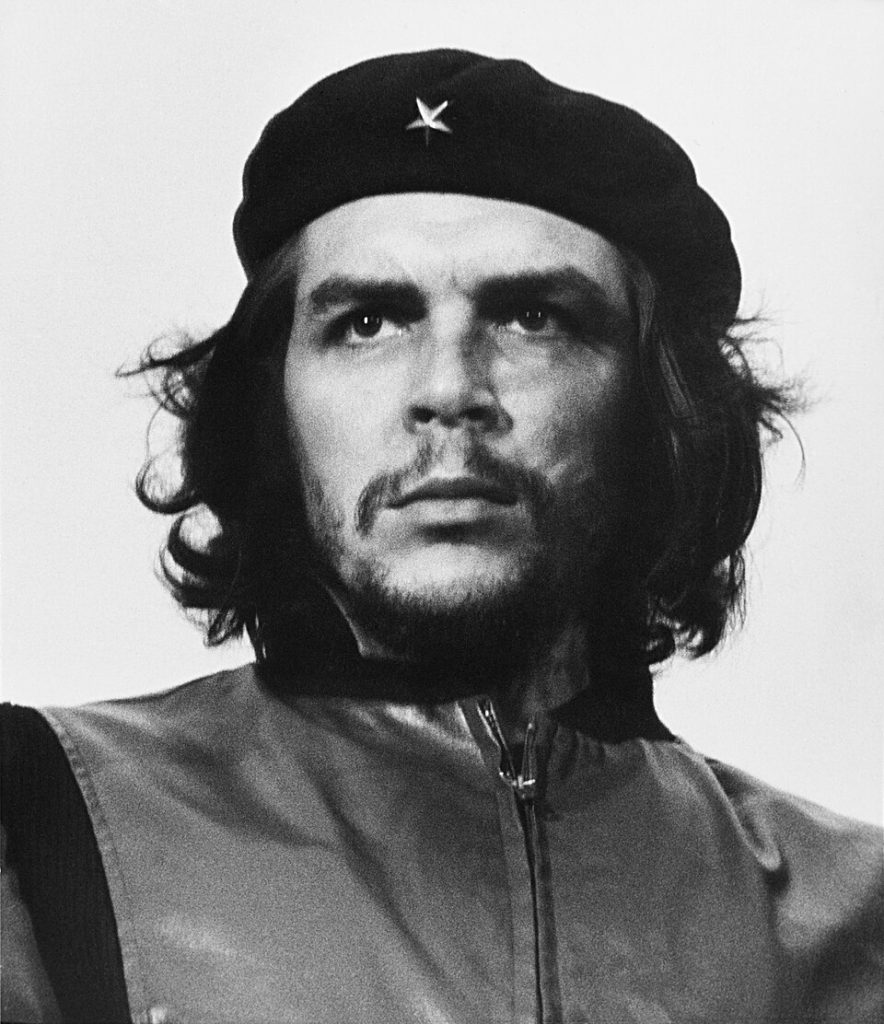
2. The Environmental Portrait
These portraits are taken in a setting that provides context about the subject’s profession or daily life. Depending on how much of the environment we wish to include, we adjust the focal length of the lens accordingly.
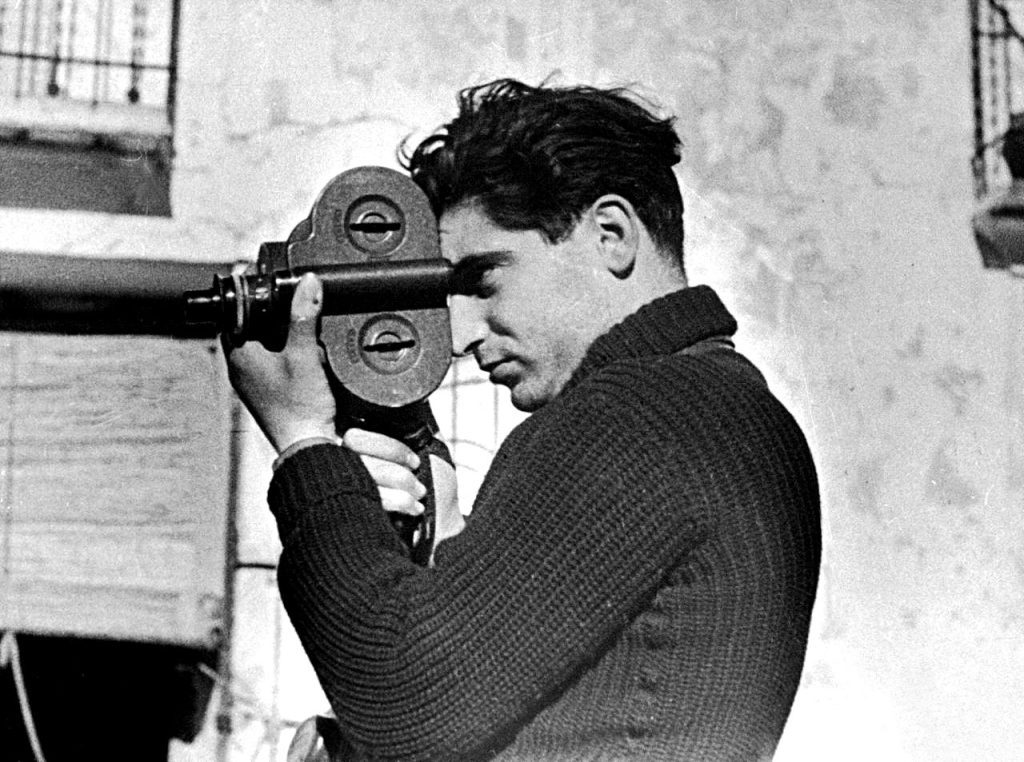
3. The Character Portrait
For this type of portrait photography, the photographer must first spend time getting to know the subject before shooting. This allows them to identify the most distinctive physical traits, expressions, and gestures that define the person.
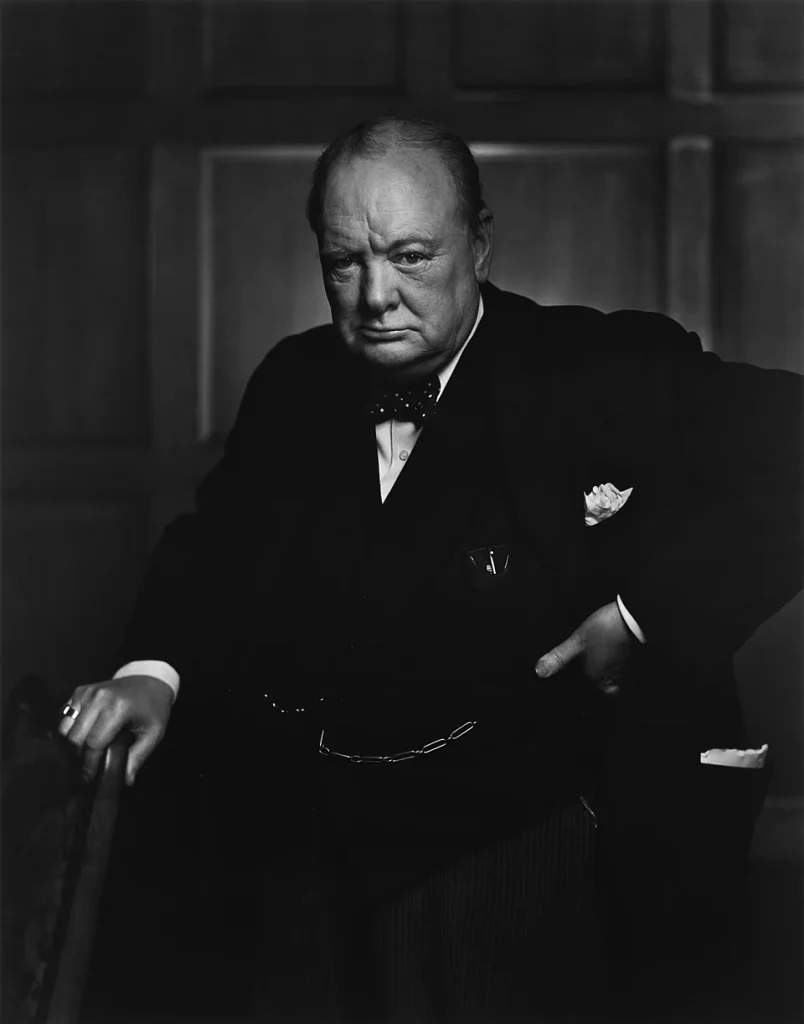
If shooting with available natural light (from windows) or artificial light (already present in the room), a tripod and a silver reflector or white cardboard are useful for evenly illuminating both sides of the face. Ideally, carrying at least two light sources or flashes allows for greater flexibility, as it prevents the existing light from dictating the shooting location.
For such portraits, a dedicated portrait lens is typically used, a focal length between 70mm and 100mm is ideal.
Famous photojournalism photographers
Here are some of the most famous photojournalism photographers, known not only for their powerful work but also for the iconic portraits taken of them over the years:
Dorothea Lange
Dorothea Lange (1895–1965) was an American documentary photographer best known for her work during the Great Depression. Her powerful images of displaced farmers and impoverished families, especially the famous Migrant Mother, humanized the struggles of Americans and influenced the development of documentary photography. Lange worked for the Farm Security Administration and brought attention to social issues through her deeply empathetic lens.
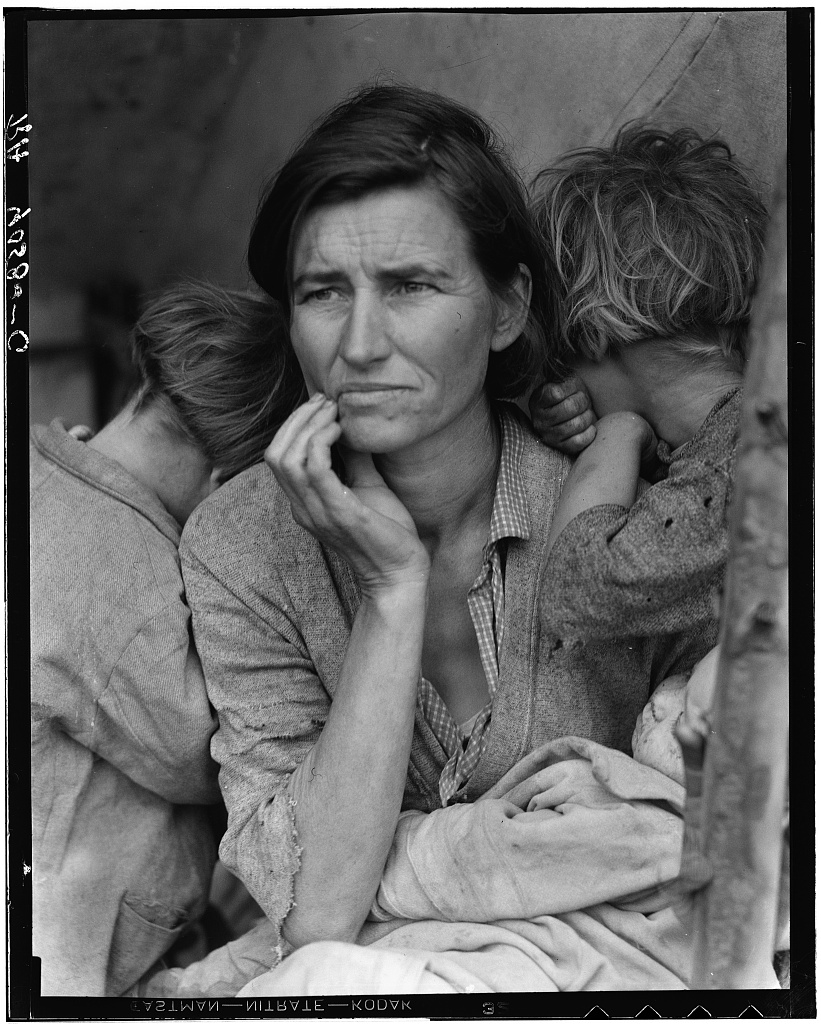
Robert Capa
Robert Capa (1913–1954) was a Hungarian-American war photographer and co-founder of Magnum Photos. He is renowned for his gritty, close-up images from five major wars, including the Spanish Civil War and World War II. His most iconic photograph, The Falling Soldier, and his D-Day landing shots remain some of the most compelling wartime images ever captured. Capa’s fearless approach made him a legend in combat photography.
W. Eugene Smith
W. Eugene Smith (1918–1978) was an American photojournalist celebrated for his intense photo essays for Life magazine. Known for immersing himself in his subjects’ lives, Smith’s work on World War II, rural healthcare, and industrial pollution in Minamata, Japan, set new standards for storytelling through photography. His emotionally charged and technically masterful images remain benchmarks in the history of photojournalism.

